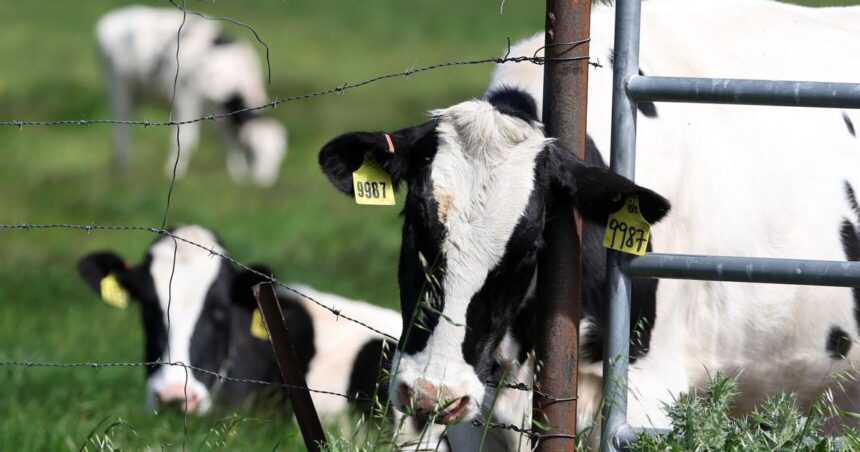Public health officials are concerned about bird flu, which has been detected in three dairy farmworkers — two in Michigan and one in Texas — as well as in cattle in a dozen states.
The farmworkers’ symptoms were mild, and researchers have not found that the H5N1 virus, also known as bird flu, can spread from person to person. The federal Centers for Disease Control and Prevention says there is little risk to the general public. However, flu viruses evolve, and H5N1 could mutate and gain the ability to infect people more easily.
“The reason public health authorities are and should be on high alert is because this is a potential high-consequence pathogen,” said Meghan Davis, an epidemiologist and microbiologist at Johns Hopkins University.
That’s why state officials are so focused on testing and surveillance of dairy workers. But they are encountering significant challenges.
People are also reading…
Cows graze in a field at a dairy farm on April 26 in Petaluma, California. Federal officials have advised dairy farms to monitor for bird flu in cattle and humans, but testing remains largely voluntary.
…
H5N1 is deadly to domestic poultry and can wipe out entire flocks in a matter of days, the U.S. Department of Agriculture says. As a result, the poultry industry has responded vigorously to the threat, culling entire flocks when they detect even one infected bird. But H5N1 is milder in cows, and the response on dairy farms has been less aggressive.





